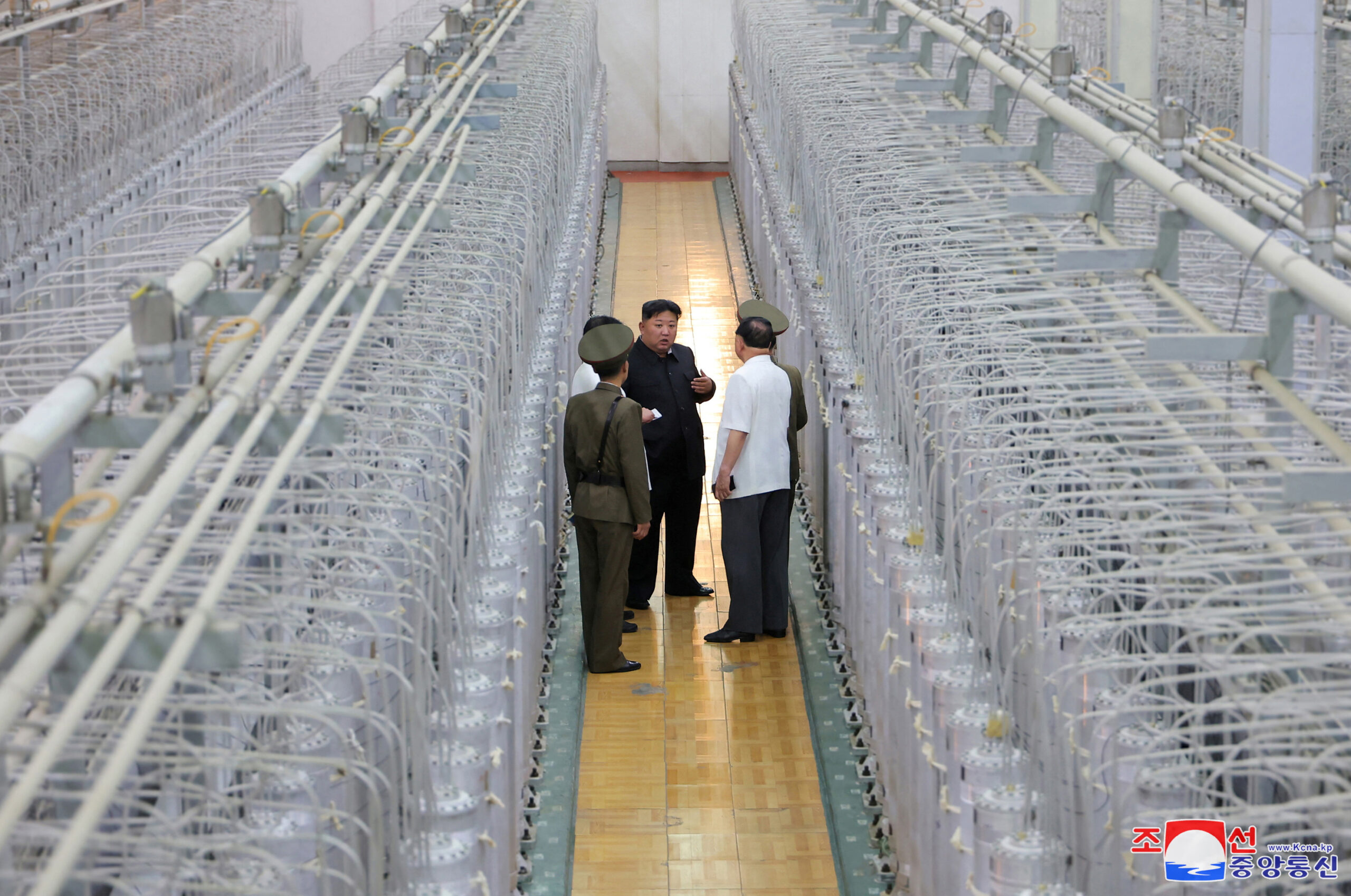A case study by Linus Höller
In 2016, Lima’s population was first estimated to have exceeded 10 million, officially making Peru’s capital a “megacity” and putting it in the same league as cities such as Tokyo, Shanghai and Ciudad de México. However, Lima was never meant to become this big, and certainly wasn’t founded in a convenient place to support such rapid growth and large numbers of people. A number of reasons make Lima’s location far from optimal, and a variety of problems have shown up as a result.
Climate & Geographical Factors
The climate of Peru can be largely split into three zones: the tropical rainforest in the north and to the east of the Andes, the Andes themselves which have a clearly defined wet and dry season, and the “sierra” – the outskirts of the Atacama Desert – which can be found in the southern parts of the country and along the coast, all the way north to where Lima is located.
The Atacama Desert is considered to be the “driest place” in the world, with some places possibly not having received any rain in some parts for over a thousand years. Lima itself receives less than 100 mm of rain per square meter in a year. The city is hence classified as being located in an arid climate. Arid climate zones receive less than 250 mm of precipitation on
average annually.
Not only is Lima built in the Sierra, but the outskirts of the Andes start rising up very close to the ocean, forcing the city to either be built up the side of the mountains or be squeezed into the tight strip between the Pacific Ocean and the Andes. Until Lima’s rapid expansion in the second half of the 20th century, this was not a significant issue for the city and it could easily fit into the relatively flat coastal strip. Nowadays, however, the city spreads far inland, past and in between mountains, with buildings built as far up the side of the hills as possible.
Another geological factor that is quite important to consider is the tectonic activity of the region. Off the coast of Peru – so right off the coast of Lima – the Pacific Plate sinks underneath the South American plate in a subduction zone much like the one that can be found off the coast of Japan which was responsible for the disastrous 2011 earthquake & tsunami. As a matter of fact, similar events have taken place along this particular fault between two tectonic plates, which stretches all the way from the southern tip of South America to the San Andreas fault in California. One of these was the world’s most powerful recorded earthquake, which took place in Chile in 1960 and caused a Pacific-wide tsunami so disastrous that it devastated not only the south American coasts, but also the islands of Hawaii. Earthquakes are a regular occurrence in Peru and have reached immense strength in the past, with a number of tremors exceeding 7.5 or 8 on the Richter Scale and causing large-scale destruction. Though Peru has invested more and more into its seismic and tsunami early warning capabilities, it still has a far way to go. Lima, being built directly next to the fault line and at the coast is especially at risk of the potential severe earthquakes and following tsunamis.
The Impact – the City Today and in the Past Century
Today, Lima has over ten million residents. This is especially impressive considering the fact that the census first exceeded a population of a mere one million residents in 1961.
The city was never designed to be this big. The unfavorable
geographic and environmental conditions were the reason that the Incas did not
found a major city here, but the Spanish decided to do so anyway.
The Spanish didn’t want a capital of Peru up in the Andes, much rather they
wanted to establish a direct link between their new colony and Europe. Cuzco,
which had been the capital of the Empire of the Incas, and Juja, the first
capital of Peru, were ignored, and eventually Lima was picked to take over the
role as the new colony’s capital city.
Back then, in the 16th century, it was impossible to imagine that one day, individual cities would have millions of inhabitants, with some even exceeding 10, 20 or even 30 million residents. Lima was never planned to become such a large city, and for a commercial port of the sorts that was required by the Spanish in Peru, the space and location were sufficient. Though there would have been more convenient locations for a city to be founded nearby (with more reliable streams running from the Andes into the Pacific), it would be enough for what the Spanish planned to use it for. And it was fine until well into the 20th century.
In fact, the authorities were so surprised by Lima’s sudden expansion that the Metropolitano Bus System only went into service in 2010.

The (lack of) Administration
Lima takes unorganized administration to a whole new level. Technically speaking, Lima is not a city – it is a province of Peru, and parts of what is considered the megacity which the province of Lima is part of are located in yet different provinces (namely, this area is known as Callao and is also where Lima’s airport is located). There is also a Lima district, which is inland from the coastal areas of Miraflores and itself doesn’t border the Pacific Ocean, but is the closest you can get to finding an official “city of Lima”.
Due to the sheer size, rapid expansion and ever-changing nature of the city – especially in the impoverished outskirts – any meaningful administration of the city is very difficult to maintain, and essential infrastructures will often not be in place in new neighborhoods.
Internal Migration and Lima
The society in Peru is affected by instability and insecurity. The country was in and out of dictatorships, authoritarian governments and fragile democratic systems throughout the 20th century, and political instability, though free and democratic elections have taken place in the past years, continues today.
There are major differences in the quality of life between individual provinces as well as between cities and rural areas. While there are cities such as (downtown) Lima, which are increasingly turning into business hubs, and (downtown) Cusco, which lives off tourism, in the Andes there are communities that don’t have electricity, water, telephone lines or any connection to the outside world, don’t speak Spanish but rather the Inca’s language, Quechua, and live off the land.
However, throughout the past years, more and more people, especially young individuals from smaller Andean communities and remote towns, have started moving into the major cities. One main target for internal migrants in the Andes is Cusco. However, when talking to the people living in the migrant communities of Cusco, you will often hear that they see living in Cusco solely as a stop on the way to Lima.
31% of the people living in Lima are internal migrants, according to Aída García Naranjo Morales. This is a very high number, similar to those which can be found in most departments along the coast and also in the rain forest.

The reason there are such high rates of internal migration within Peru is the fact that opportunities are only really to be had either at the coast or, more recently, in the rain forest (where mining of natural resources, but also farming of new types of plants that are in increasing demand by western consumers are creating new jobs), and not in the sierra or the high Andes.
In 2010, Peru had a total of around 6,500,000 internal migrants – a very substantial number considering a total population of only 29,370,000 people – meaning that close to a quarter of the population are considered internal migrants. Migration started in the mid-20th century, as the agricultural sector became less and less profitable and industries, later also services, started (initially) providing new jobs and opportunities to escape generations of poverty and living off the land by moving to the major cities. Though it is true that in this time period Peru has advanced dramatically – with the life expectancy increasing from 47.7 years in 1960 to 74.8 years in 2015 – the growth has stagnated, and the internal migration has led to the formation of large, poor migrant communities on the outskirts of the major cities, and more recently also on the outskirts of mid-sized cities as well.
Most migrating Peruvians (of which a slight majority are women) aim to leave the country and go the United States. Lima, practically the only link between the country and the wider rest of the world outside of South America, including most importantly to North America, naturally is the place to go if you are a young Peruvian hoping to emigrate.
Extra Information and Closing Remarks
Today, Lima is comfortably located within the top 20 largest cities in the world, and is the second largest capital located in a desert (after Cairo).
However, the mega-city continues to face mega-problems. The city has very limited space for expansion, with the pacific to the west and the mountains to the east. The urban development is uncontrolled and the authority is unorganized; people settle in undeveloped areas and the infrastructure lags behind. Being separated into 43 different districts, each with its own mayor and municipality, joint decisions are incredibly difficult to reach. Slums, poverty and underdeveloped or missing infrastructure make up the outskirts of the city. There are not enough jobs for the number of people living here, making unemployment a major issue, as well as underemployment which, though not less serious, is often overlooked. Without a proper public transportation system, the more than 10 million residents of Lima have to battle with immense traffic and congestion. Together with the mountains in the east, climate and dominant winds, this leads to high concentrations of air pollution.
Not to be forgotten: Lima is incredibly unfortunately placed. The title as “second largest desert capital” is not an honor, but rather reflects the poor choice as to where the new capital of the Peruvian nation was put. It will now be necessary to strive for better cooperation between the districts, better organization and to make the most out of this inconveniently placed, but nonetheless bustling and continuously expanding megacity.
Bibliography
7. Lima: mega-City and mega-Problem, archive.unu.edu/unupress/unupbooks/uu23me/uu23me0j.htm. Accessed 21 Sept. 2017.
“Demographics of Lima.” Wikipedia, Wikimedia Foundation, 19 Aug. 2017, en.wikipedia.org/wiki/Demographics_of_Lima. Accessed 21 Sept. 2017.
Intern, Paige Rushbrook Geography. “The Conquering of the Incan Empire in Peru.” ThoughtCo, www.thoughtco.com/colonial-rule-in-peru-1435285. Accessed 21 Sept. 2017.
“Lima.” Wikipedia, Wikimedia Foundation, 19 Sept. 2017, en.wikipedia.org/wiki/Lima. Accessed 21 Sept. 2017.
Morales, Aída García Naranjo. The Peruvian Migration Phenomenon. The Peruvian Migration Phenomenon.
“Peru Migration Profile Confirms that Peruvians Continue to Migrate Despite Economic Crisis.” International Organization for Migration, 4 Sept. 2017, www.iom.int/news/peru-migration-profile-confirms-peruvians-continue-migrate-despite-economic-crisis. Accessed 3 Oct. 2017.
Peters, Steven. “The World’s 31 Mega-Cities.” 247wallst.Com, 4 Jan. 2017, 247wallst.com/special-report/2017/01/03/the-worlds-31-mega-cities/2/. Accessed 21 Sept. 2017.


